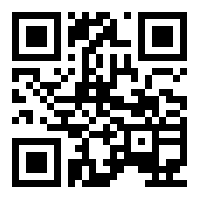RFID HF Tag (Transponder)
An RFID tag is the most important link in any RFID system. It has the ability to store information relating to the specific item to which they are attached, rewrite again without any requirement for contact or line of sight. Data within a tag may provide identification for an item, proof of ownership, original storage location, loan status and history.
RFID Tag consists of an integrated circuit and an antenna combined to form a transponder. RFID tags collect the energy to operate from a Radio Frequency (RF) field emitted by a reader device; therefore they do not need a battery. When energized by a radio signal from a fixed position reader or handheld scanner, the tag returns the stored information in order that the item to which it is attached can be easily located.
The chip also has a "multi-read" function, which means that several tags can be read at once.
RFID tags have been specifically designed to be affixed into library media, including books, CDs, DVDs and tapes.
Specification
Integrated Circuit (IC): NXP I-CODE SLIX
Standard: ISO 15693, ISO 18000-3
Memory: 1024 bit.
Operating frequency: 13.56 MHz (HF)

 Library Smart RFID Systems
Library Smart RFID Systems

